
 |
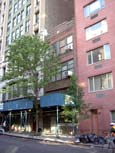 |
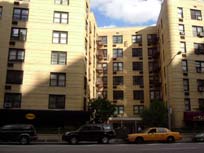 |
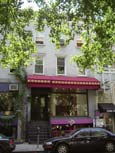 |
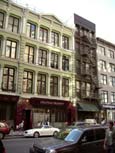 |
Giants walk among us and within us - in memory, in knowing. Those of us fortunate to walk the streets of New York City stroll amidst the hovels that sheltered such giants every day.
“...I have some feeling about all these people - million[s] of them - on this enormous track, way into history. They had a peculiar way of measuring. They seemed to measure with a length similar to their own height. For that reason, they could imagine themselves in almost any proportions.”
In his essay “The Renaissance And Order,” Willem de Kooning (1904-1997) famously described a particular historical through-line, what he called “a train track in the history of art that goes way back to Mesopotamia.”
The photographs above offer a present-day portal to key locations of New York City painting studios in the story of de Kooning and, by extension, the story of Art’s history.
Dreams of possibility abound behind every window, in the face of every passerby and in the persisting relics of those who trailblazed Art’s track from Mesopotamia to Gotham’s metropolis. De Kooning constructed his paintings of such glimpsed dreams - allowing previous incarnations, traces of discarded tangents and struggle to remain visible in his finished compositions. Much of his work’s lingering power derives from this honoring of each painting’s history and the history of the painter who painted it.
Right now on the streets of Lower Manhattan, in blocks that bear the address of de Kooning’s principle New York studios, you’ll find an installation (most days) displaying a temporary, unofficial art historic registry. Four placards (more locations as time permits) describe some of what transpired in the respective de Kooning address. Each poster is like an open window, beckoning passers-by into the process and works that emerged from de Kooning's studios.
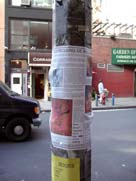 |
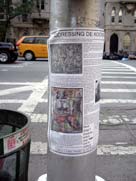 |
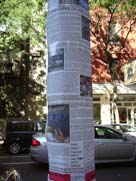 |
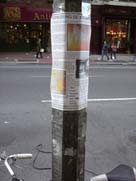 |
Below are PDFs of the posters.
143 W. 21nd Street
156 W. 22nd Street
85 4th Avenue
88 E. 10th Street
831 Broadway
The project is a way to concretize the profound, evanescent memories these coordinates possess. Think of it as public service graffiti - freshly installing the paintings of one giant into the world of daily experience from which they came so we, the People, can walk among them.
If you won’t be in NYC during the nuanced, crackling days of Fall, take your own virtual tour of the neighborhood with the PDFs above.
This project acknowledges and owes much to the excellent biography, de Kooning: An American Master by Mark Stevens and Annalyn Swan.
Posted by mark at September 11, 2006 09:17 PM